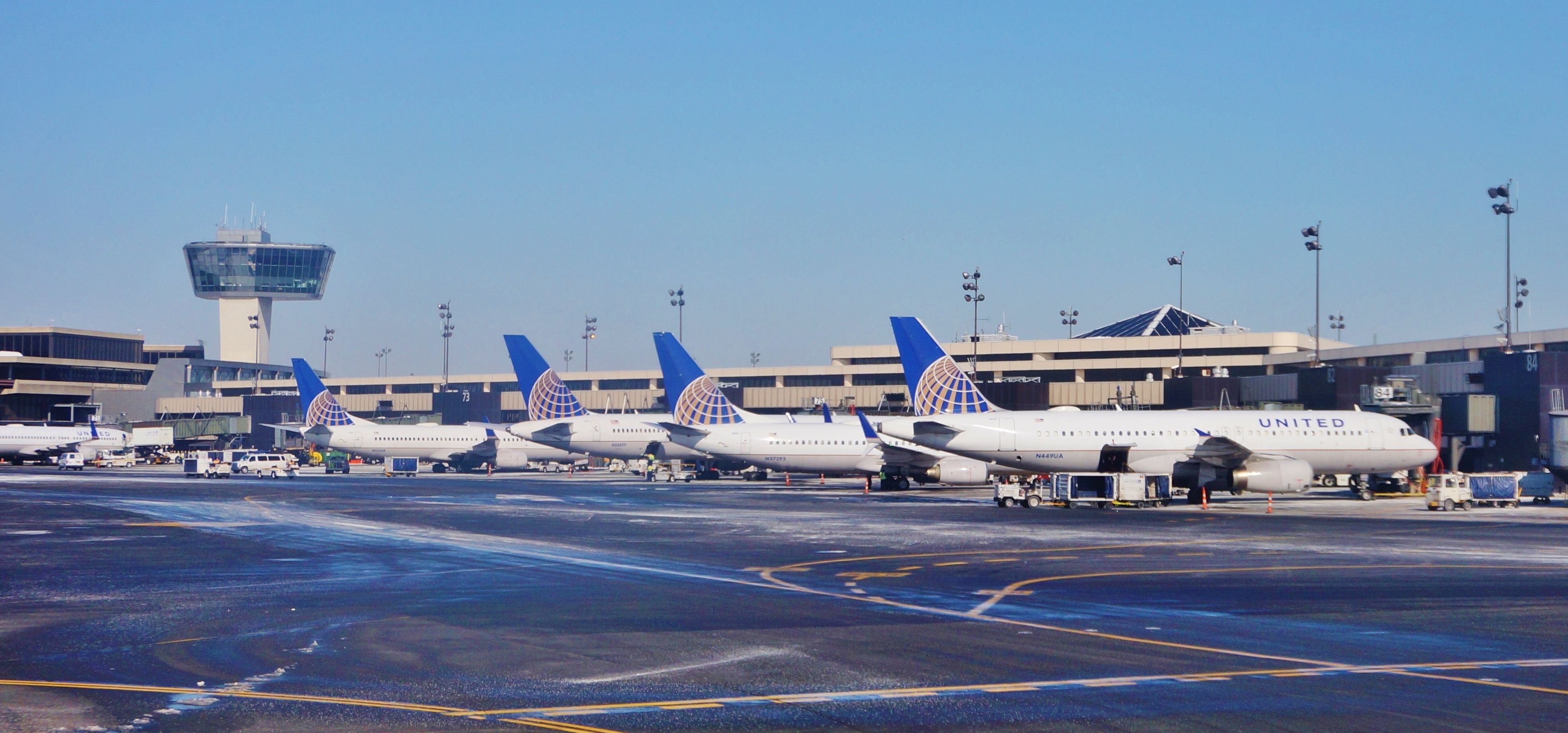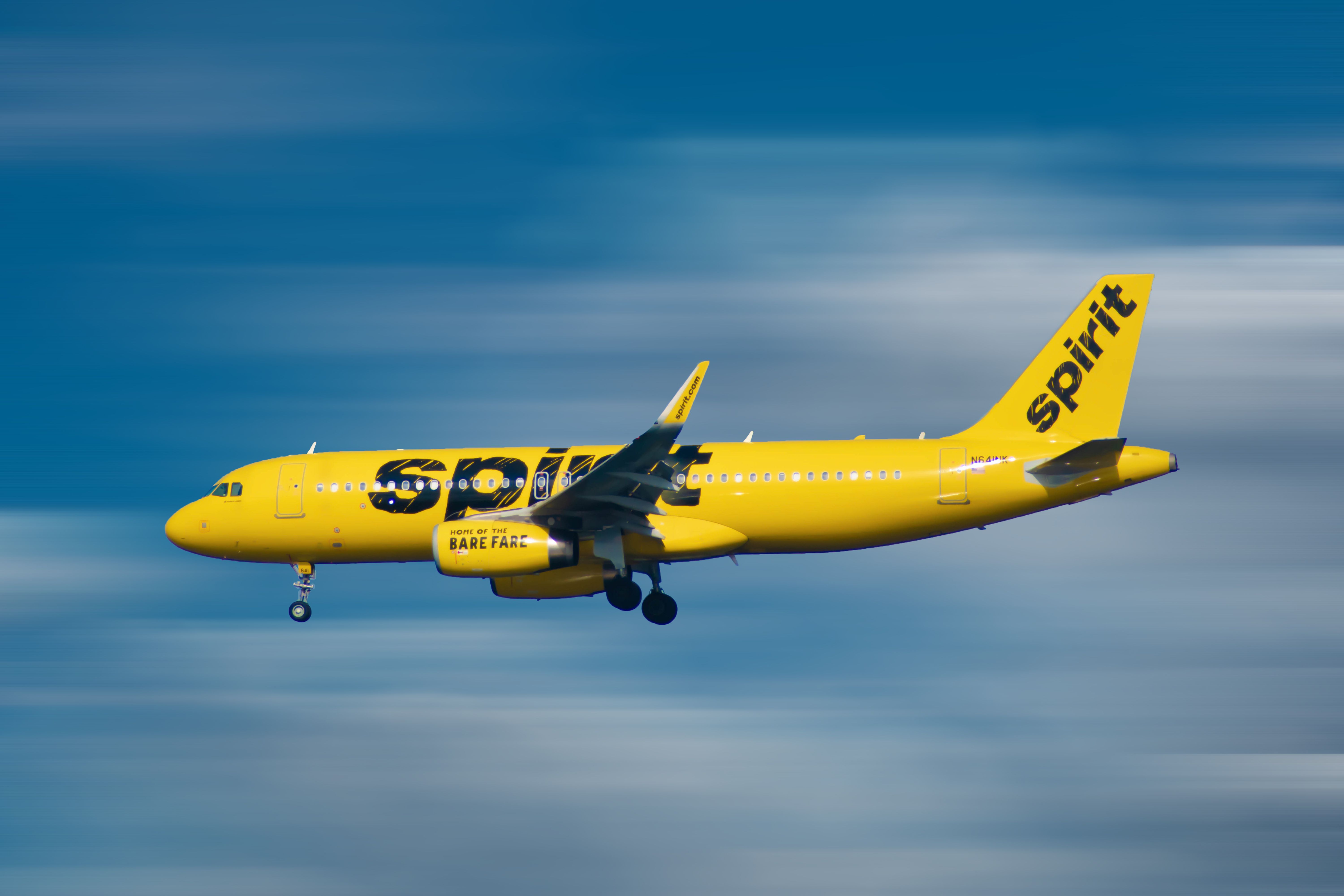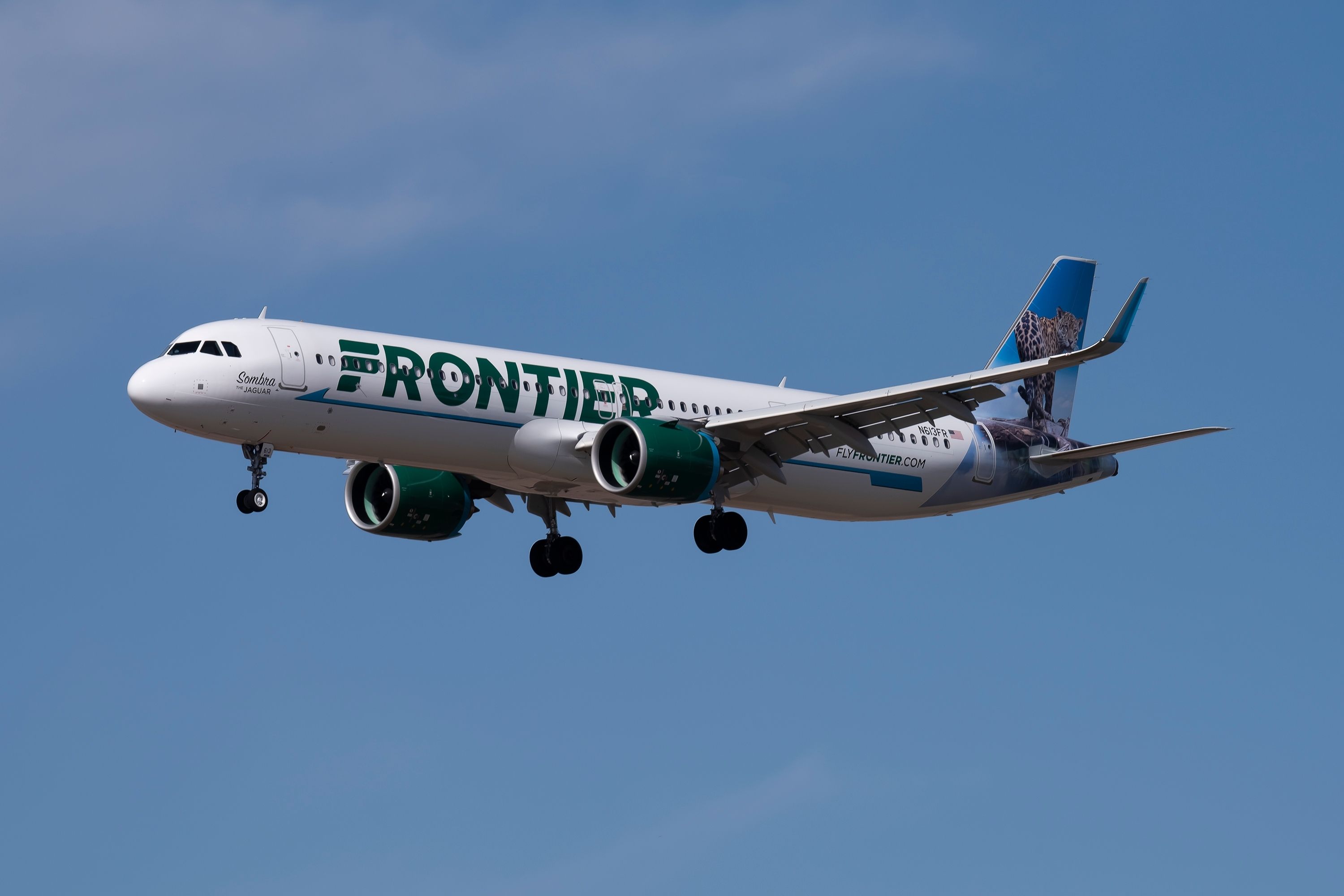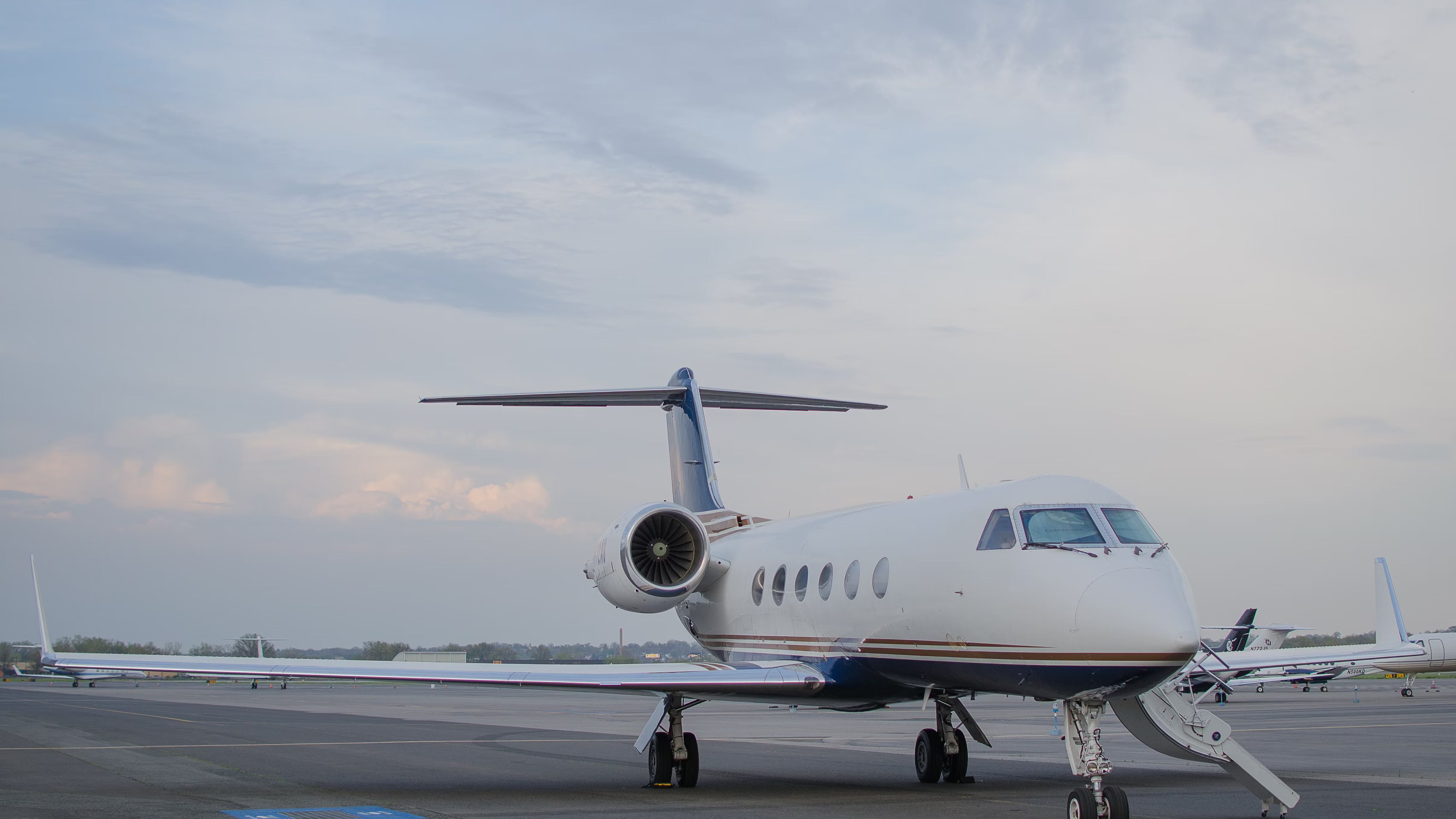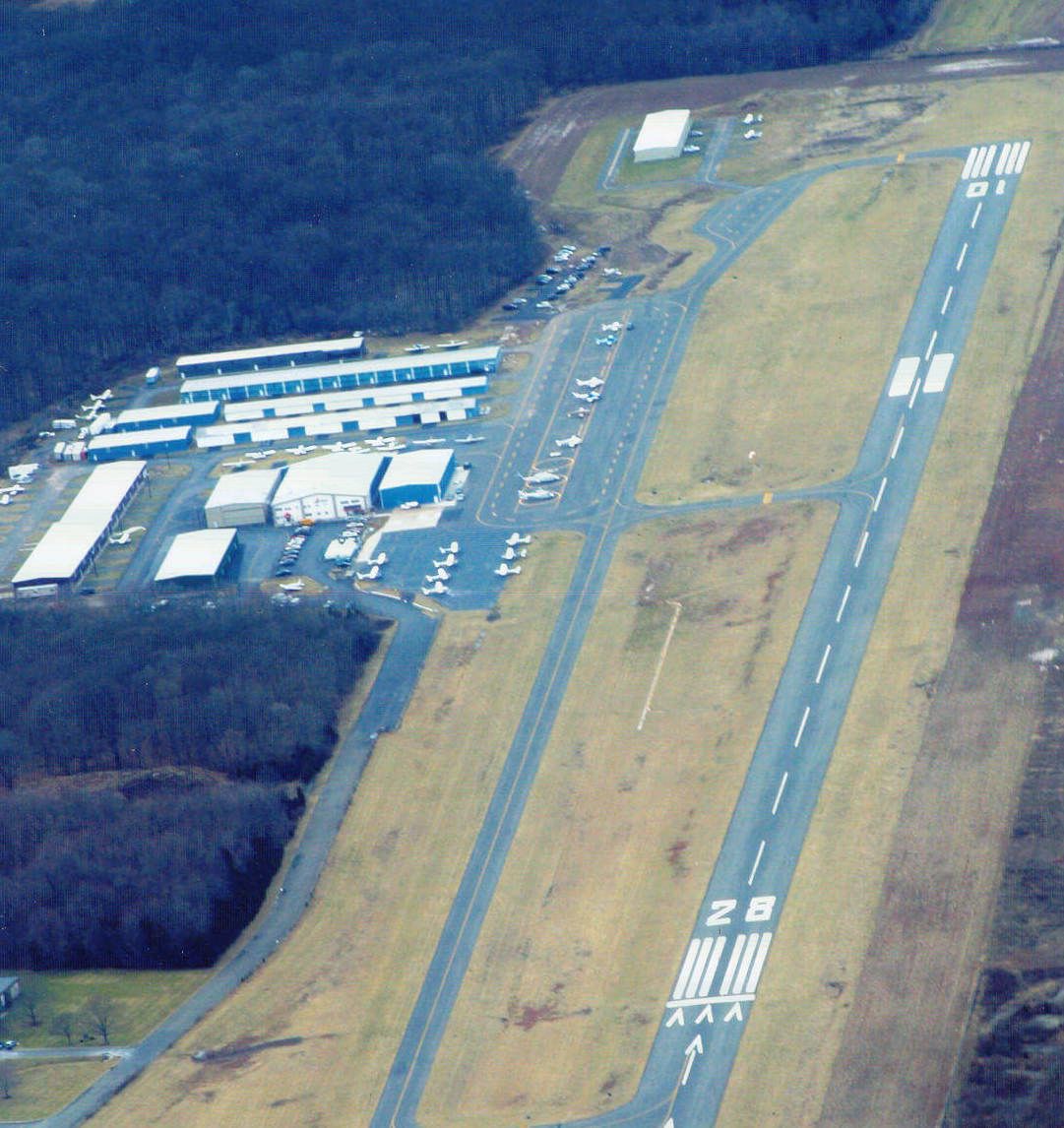Summary
- Newark Liberty International Airport (EWR) is the largest international hub in New Jersey, serving over 43.4 million passengers annually and offering numerous transatlantic flights.
- Atlantic City International Airport (ACY) mainly serves southern New Jersey, with Spirit Airlines as the sole scheduled passenger airline, focusing on warm beach destinations in the southeastern coast.
- Trenton-Mercer Airport (TTN) is the third-busiest airport in New Jersey, predominantly serving central New Jersey, and is only served by low-cost carrier Frontier Airlines, serving sunny destinations in the American South.
When one hears the phrase “aviation in New Jersey,” one will likely immediately think of Newark Liberty International Airport (EWR), which dominates the state’s aviation industry in terms of passenger numbers and flights. Unsurprisingly, the airport is the state’s largest international hub, and the only within New Jersey to play a major role in aviation at a national level.
A state so closely tied to large metropolitan areas in bordering states, it is unsurprising that New Jersey’s aviation industry is relatively small. For many, traveling to LaGuardia International Airport (LGA) or John F. Kennedy International Airport (JFK) are available options in the northern part of the state, while in the state’s southern half, most will simply travel to Philadelphia International Airport (PHL) instead.
Serving nearly 50 million passengers in 2022, New Jersey’s airport system has slightly more complexity to it than one may initially expect. Expanding down from Newark, the state’s airports include secondary hubs in Atlantic City and Trenton, alongside famous private jet operational hubs and general use airports. In this article, we’ll break down aviation in New Jersey through a five-tiered analysis.
5 Newark Liberty International Airport (EWR)
Unsurprisingly, Newark sits at the top of our list, with over 43.4 million of the state’s nearly 50 million annual passengers passing through its doors. Originally constructed 94 years ago in Newark (although significant portions of the airport extend into the neighboring city of Elizabeth), the airport has expanded rapidly throughout its near century of operations. Today, the airport serves as a major transatlantic hub for United Airlines, a focus city for JetBlue’s operations, and a cargo hub for FedEx Express.
Photo: EQRoy | Shutterstock
Sitting today alongside the New Jersey Turnpike, the airport is also efficiently linked to nearby Newark, New York, and suburban areas south of the airport via New Jersey Transit. Additionally, the airport is served by Amtrak’s Northeast Regional and Keystone Service trains, making it the best connected of the New York area’s three major airports.
With its massive passenger numbers (in comparison to the state’s other airports), Newark Liberty sits as the 13th busiest airport in the United States and the 23rd-busiest in the world. In 2019, the airport peaked, seeing traffic exceed nearly 46.3 million passengers.
Served by 50 different carriers with hundreds of global destinations, the airport is undoubtedly an intercontinental hub. Considering its operational hub, it is unsurprising that United dominates at the airport, with over 32 million passengers flying on the airline at EWR alone, accounting for a 67.6% market share at the facility. For context, the next biggest airline in terms of operations at Newark is Spirit, with a 5.7% total market share.
4 Atlantic City International Airport (ACY)
Located nine miles northwest of the legendary gambling destination of Atlantic City, ACY serves communities across southern New Jersey. The airport is only served by a singular scheduled passenger airline, Spirit Airlines, which maintains an operating base at the airport. Global Crossing Airlines, a combined charter and cargo carrier, also maintains Atlantic City as a focus city.
Photo: VIAVAL TOURS | Shutterstock
While many may believe that visitors to Atlantic City would account for the majority of demand for travel to the beach destination, Spirit’s map actually demonstrates quite the opposite. From ACY, Spirit serves Myrtle Beach, Orlando, Tampa, Fort Myers, Fort Lauderdale, and West Palm Beach, alongside seasonal service to Atlanta.
Considering that most of these destinations are high-demand warm beach destinations along the Southeastern coast, Spirit is clearly capitalizing on traffic from New Jersey residents seeking a warm getaway.
3 Trenton-Mercer Airport (TTN)
This airport, which sits just northwest of New Jersey’s capital, serves communities across central New Jersey and is the third-busiest airport in the state both in terms of passenger numbers and flights. Much like Atlantic City, TTN is only served by a single airline, low-cost carrier Frontier Airlines, which maintains an operations base at the airport.
Photo: Robin Guess / Shutterstock
Much like Spirit, Frontier uses its Trenton base to serve sunny destinations in the American South. In 2022, nearly 700,000 passengers traveled to Atlanta, Charlotte, Fort Lauderdale, Orlando, and Tampa on the ultra-low-cost carrier’s flights. Additionally, the carrier operated a seasonal service to Raleigh-Durham International Airport (RDU).
2 High-volume private jet-focused airports
Being one of America’s most affluent states, it is unsurprising that a significant portion of the state’s airports see consistently high levels of private jet travel. Teterboro Airport (TEB), which is widely known as the most common destination for those flying private jets to New York City, is located in the state’s Bergen County and sees nearly 20,000 annual private jet travelers.
Photo: JonathanCollins/Shutterstock
Although less well-known, many airports along the state’s famous Jersey Shore also serve this purpose, with high-income travelers visiting beach destinations. A good example of an airport that serves exactly this purpose is Monmouth Executive Airport (BLM), located just six miles west of the popular beach towns of Belmar and Spring Lake.
1 Low-volume recreational and general aviation airports
The majority of the state’s remaining airports serve both general and recreational purposes, although some maintain unique attributes. These airports typically have under 1,000 annual takeoffs and landings and can be used for flight instruction alongside other operations.
Photo: Princeton Airport
Most of these airports aren’t well known even by those who live in New Jersey and include Central Jersey Regional Airport (JVI) in Hillsborough and Princeton Airport (PCT). According to the FAA, these locations are classified as reliever airports, specifically designated to help alleviate congestion at other facilities and provide access to aviation across the state.
What are your thoughts? Let us know what you think in the comment section.


